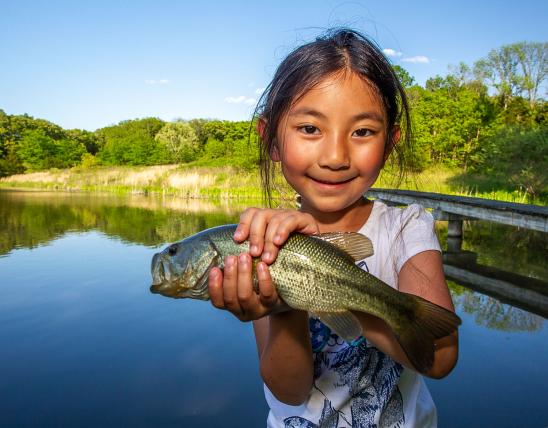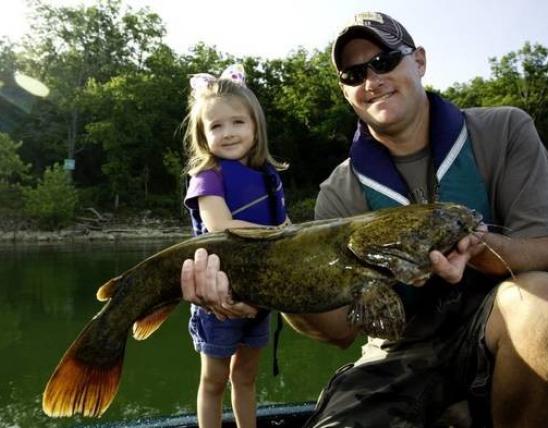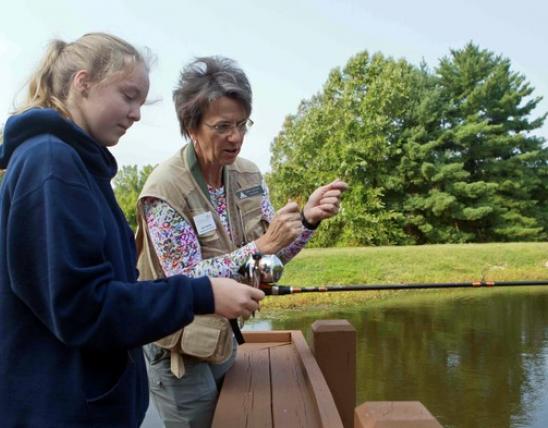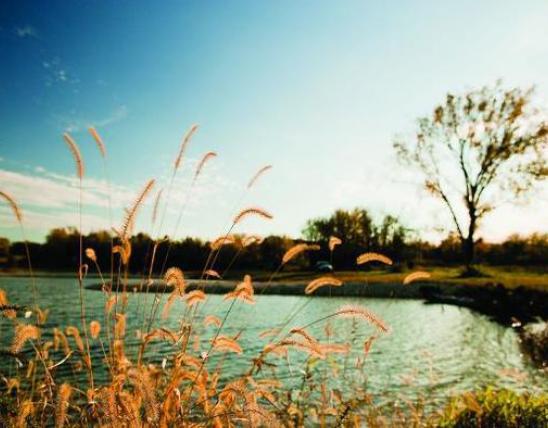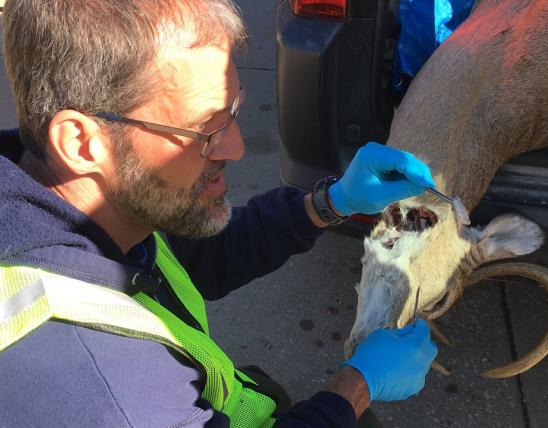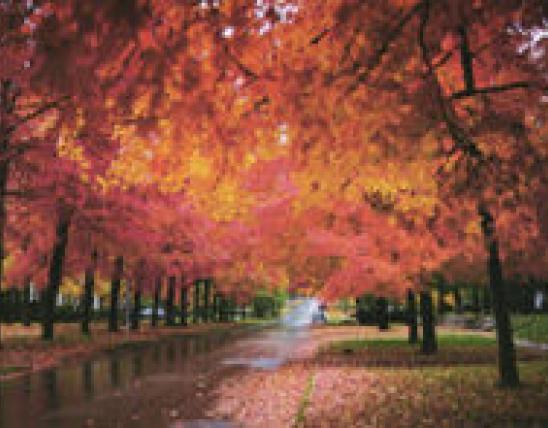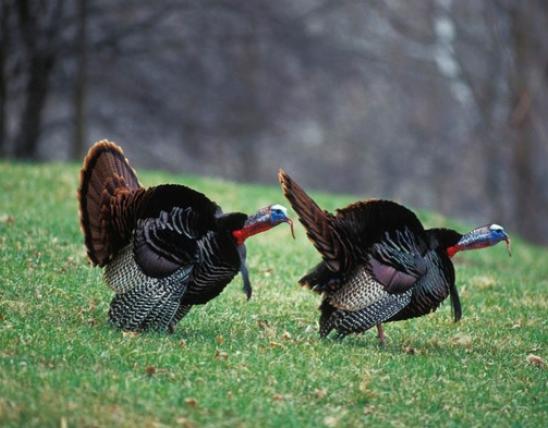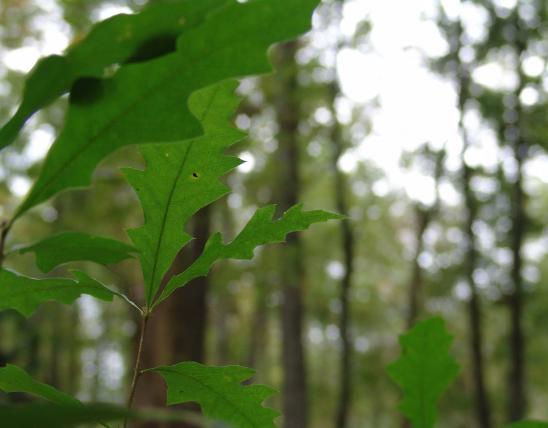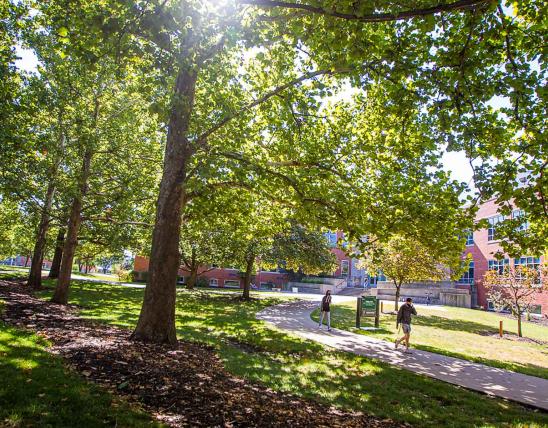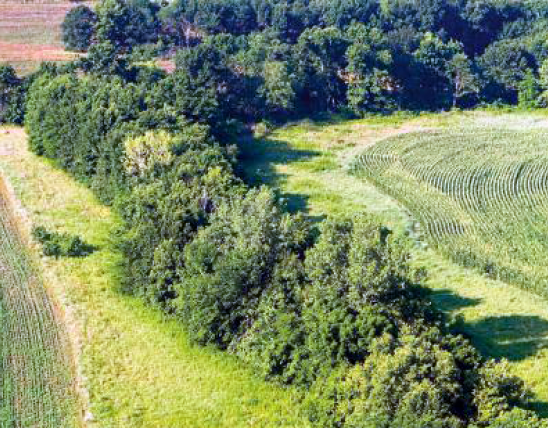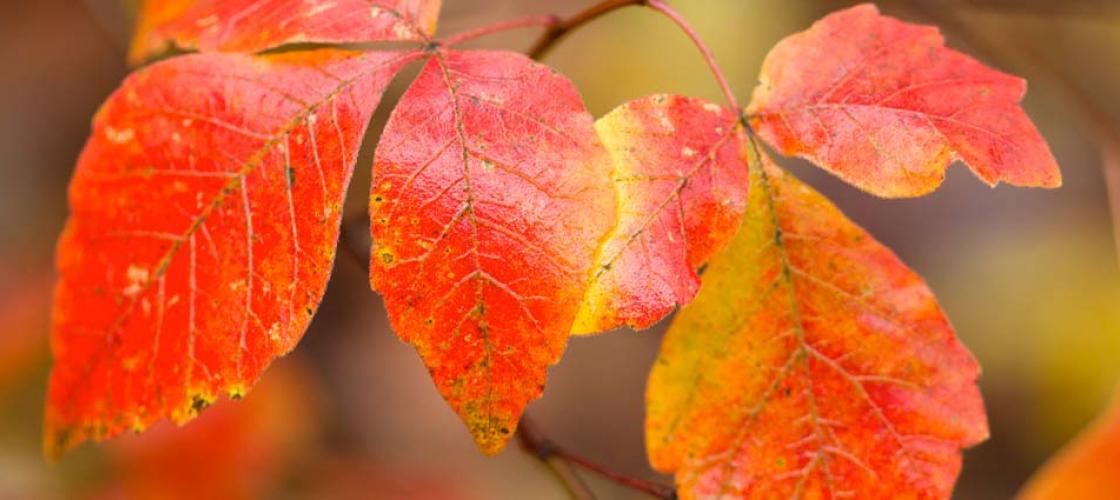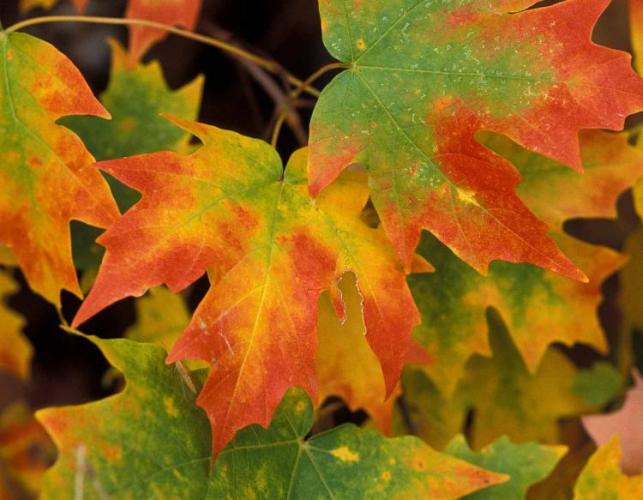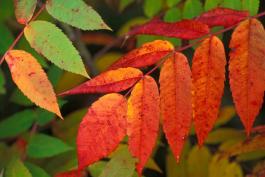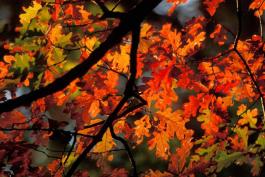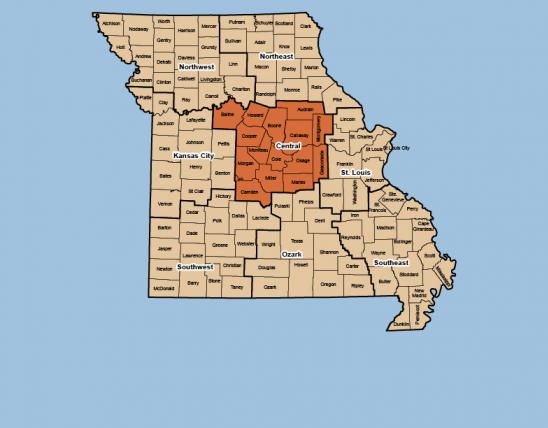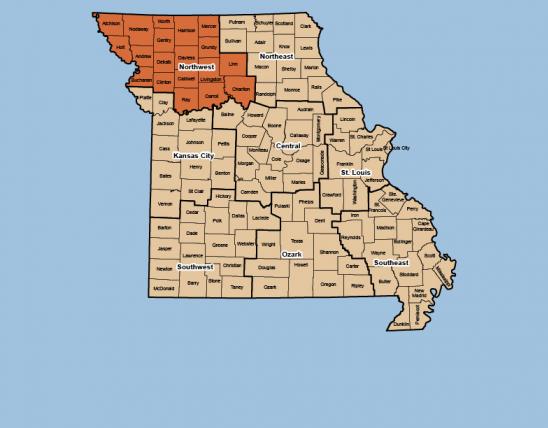Posted 10-30-25
As we expected, with the arrival of cooler temperatures, we have started to see a few more trees chaining color, overall. The oaks still haven’t really start to change yet, though some individuals in the middle and understory are showing color. Maples, sassafras, sumacs, some hickories, and sycamore are pretty much at their peak. Here’s a rundown on which species are showing color right now:
—Persimmon is yellowing
—Smooth and winged sumac are turning red
—Sassafras is orange
—Dogwoods are turning red and orange
—Hickories are yellow, though most are brown already
—Sycamore is yellowing
—Mulberry and basswood are yellow
—Silver maple is turning yellow
—Sugar maple is turning orange
—Red maple is turning red
—Goldenrods are in bloom
Compared to fall color two years ago, oaks are behind. This week in 2023, the oaks were all in full color, which is certainly not the case this year. We fear that this year, the oaks could go from green, to having some color, to brown, all in less than a week’s time. It all depends on the weather; so far, we’ve been lacking nighttime temperatures dipping into the 30s and 40s. When that happens, the oaks will start to turn color.
Fall Color Hot Spots
The best bet to see fall color in the landscape remains the south- and west-facing bluffs where Highways 63, 54, and 94 come together, north of Jefferson City. The maples on those bluffs are reliable for fall color, and they are lit up like a Christmas tree right now. You can also visit the section of Mark Twain National Forest east of Columbia and Ashland, or, on the west side of US 63, hike at Three Creeks Conservation Area. In the coming weeks, as the band of fall color band continues to move south, we will see more color around the Lake of the Ozarks.



